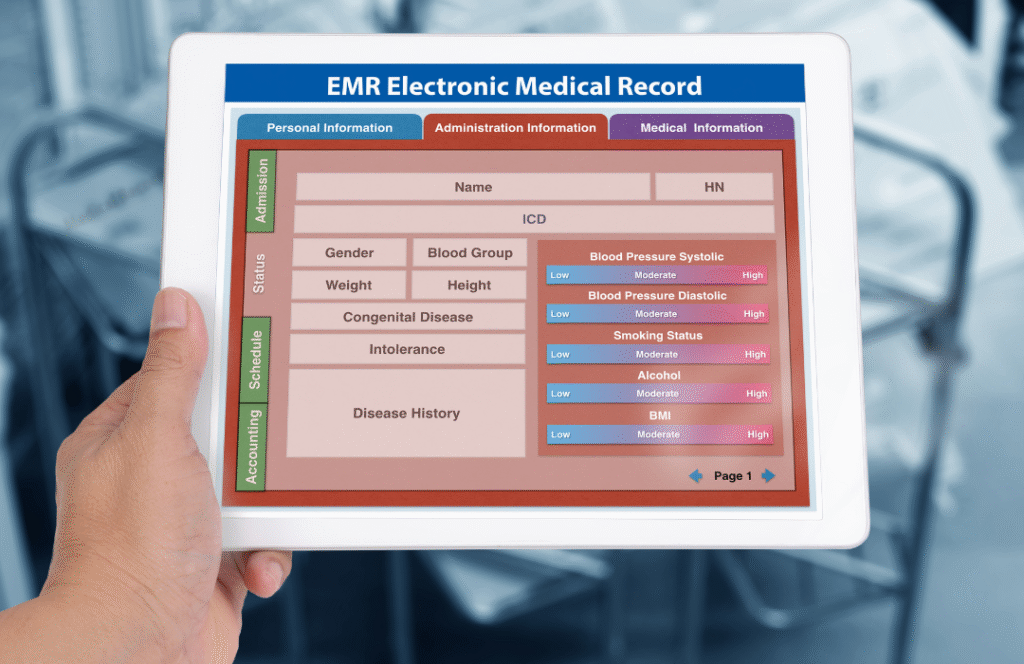
It’s not about the flashiest features, it’s about who listens, who lasts, who learns with you.
Choosing an EMR is not like buying the newest phone or the latest gadget.
It is more like choosing a partner one you’ll live with, rely on, and grow old alongside.
Hospitals don’t just want shiny dashboards and endless tabs of features. They want trust.
They want a system that doesn’t just sell solutions but solves problems.
In a rural clinic in Kansas, the decision came down to a single question: “When our Wi-Fi goes out and it always does, will the system still let us care for our patients?”
In a New York teaching hospital, it wasn’t the colors on the interface that mattered but whether residents could chart during chaos without missing a heartbeat.
And in a small community hospital in Mississippi, the deal was sealed not by a demo but by a vendor who sat with the nurses, listened to their worries, and rewrote workflows to match the way they worked, not the other way around.
The right fit is rarely the loudest pitch. It’s the quiet promise of support at 2 a.m.
It’s the EMR that learns alongside the staff, bending when humans cannot.
It’s the partner who stays through upgrades, setbacks, and growing pains never leaving clinicians stranded mid-shift with a frozen screen and a silent helpline.
Flash will fade. Features will evolve.
But what endures is the relationship the EMR that listens, lasts, and learns with you.
Because in healthcare, it’s not just about software.
It’s about people finding systems that let them do what they were called to do: care.
